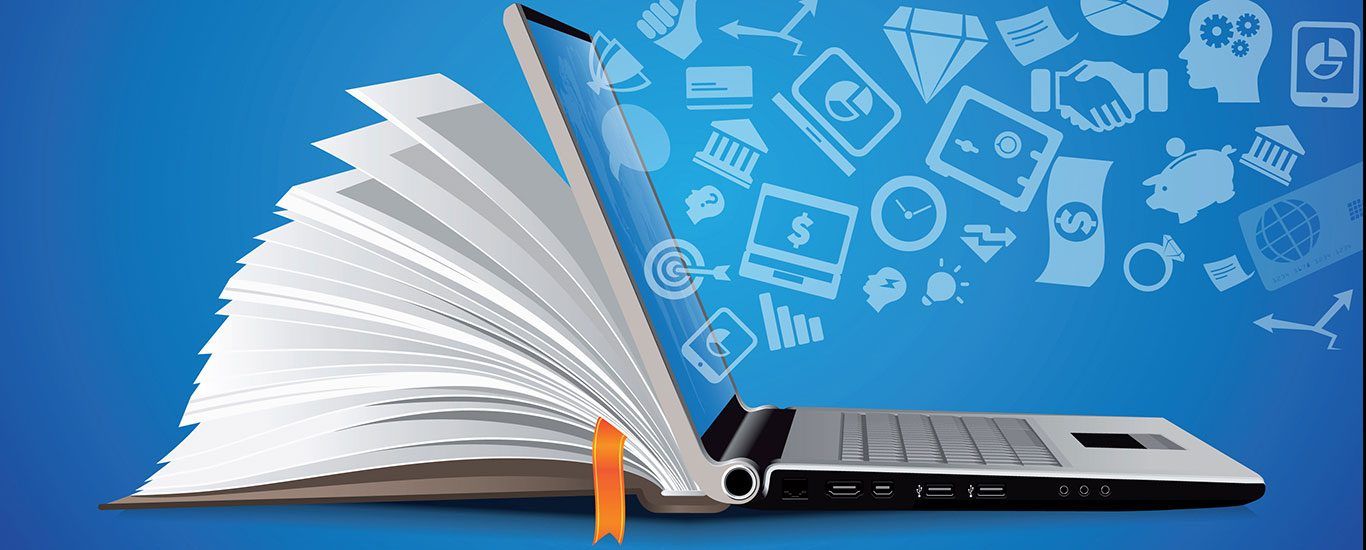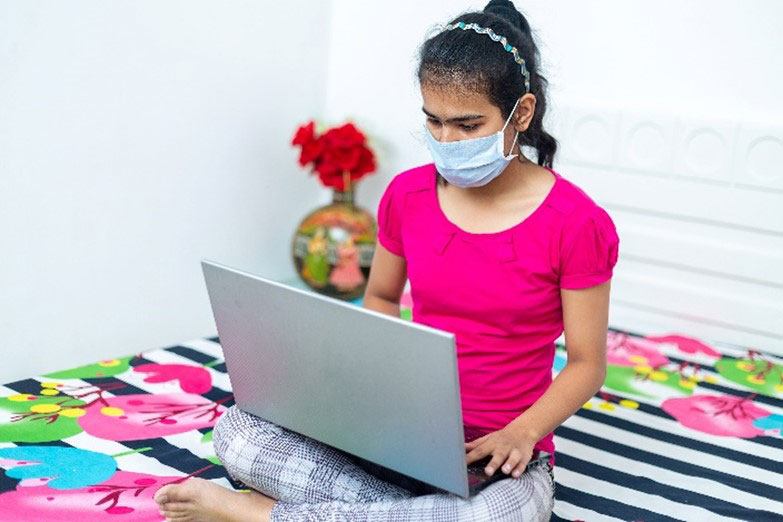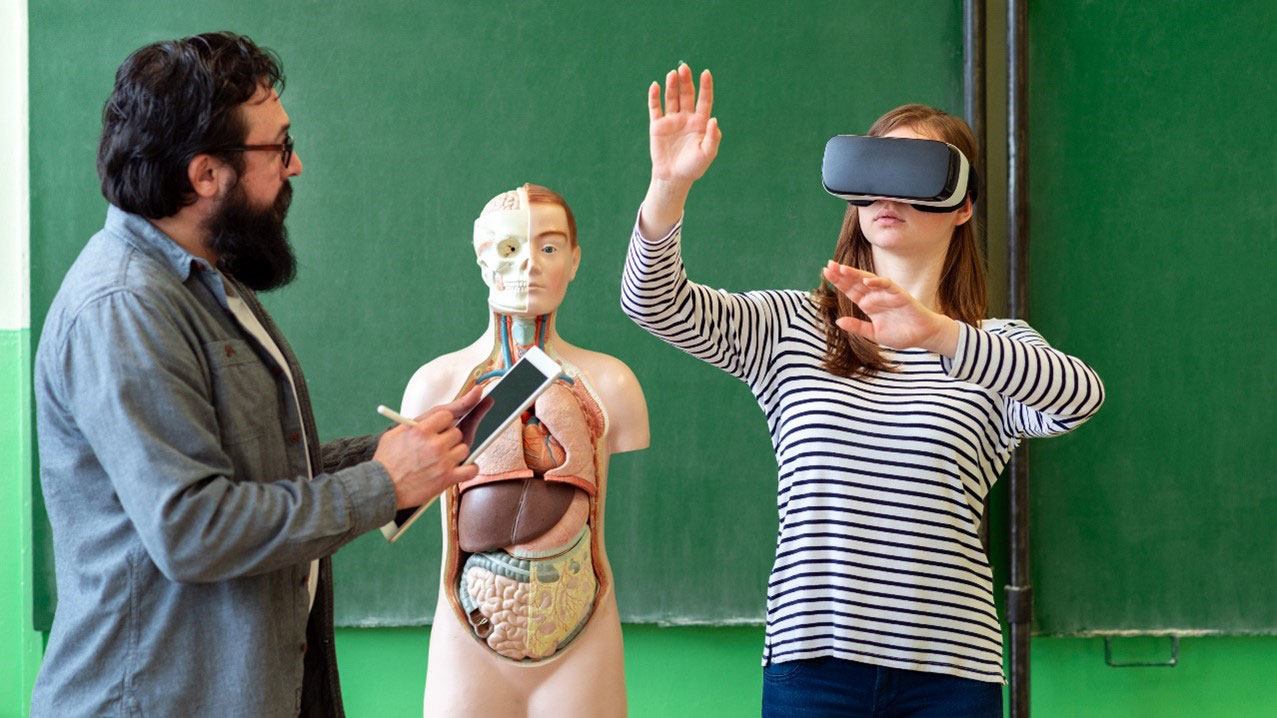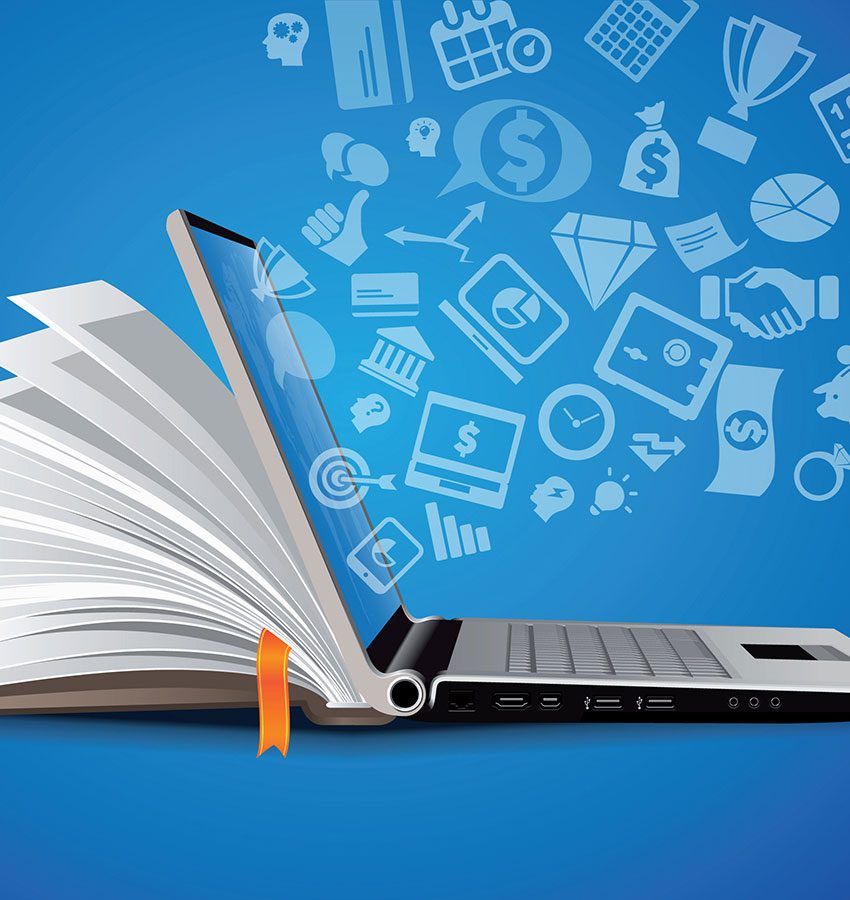
Introduction
The relationship between technological advances and education has been dichotomous. Online Education and E-learning the new normal life. On the one hand, a need to find more efficient ways to train new workers led to the first eLearning standardization through SCORM in the late 1990s. In the last twenty years, corporate eLearning has seen tremendous growth- by some estimates, it has grown by 900% and is expected to cross USD 325 Billion by 2025!
At the other end of the spectrum, eLearning had negligible penetration in Primary and High School education till 2016, when just 3.1% of school students had taken any kind of online learning, most of it of the MOOC (Massive Open Online Classes) variety. By 2019, business magazines like Forbes and EdTech domain experts like EdSurge were touting a healthy future for eLearning in K-12 education, citing its many benefits for rural students
.
The Pandemic Effect
The real impact of online education and eLearning became apparent in 2020. The year the world was forced to stand physically still. With age-old, in-school teaching methodologies no longer viable. After an initial period of uncertainty, the world increasingly turned to remote learning. Schools restarted, completely online in what was a year of steep learning curves for students, faculty, administrators, and researchers. In August 2020, a Unicef report reported that 94% of all countries had implemented some kind of remote learning policy to ensure uninterrupted education for a cumulative 1.5 Billion schoolchildren. Of this, around 25% had access to digital teaching methods, with a huge disparity between major populations. For example, while 95% of students in Scandinavia had access to high-speed internet. The only one in four out of 250 million schoolchildren in India could access education online.
In the US, internet access greatly depended on financial circumstances. Re-confirming the disparity between the rich and the poor in the world’s richest country. China, on the other hand, affected the world’s largest online shift. with 81% of K-12 students switching to online classes within a few weeks.

Only one in four Indian children have access to the internet, so India used TV broadcasts, online eLearning, and Radio to educate 620 million schoolchildren in 2020
In a way, the Global Pandemic only hastened an inevitable shift from the classroom to online learning. There were already successful use cases for leveraging mobile devices and internet access to transform classroom-based learning into a blended learning model. Many were hesitant to contemplate anything more than a blended learning model at best.
However, the advantages of eLearning have been apparent for quite some time. For example, comprehension (how much of the material students retained) and learning efficiency (how much time students spent to learn a concept) both scored very high compared to classroom learning. Things are more challenging when teaching very young (i.e., primary school) students, as they need higher levels of engagement. This, therefore, requires innovative, engaging content and approaches like gamification. Which requires the adoption of LMS-based eLearning over simply offering the same classroom course over a video-conferencing tool.
Future trends
In two out of three sectors i.e., Higher Education and Corporate Training. The eLearning has stamped its authority over any other learning medium. In the coming years, these sectors are likely to quickly incorporate features like Social Learning, Microlearning. The AR/VR-based learning experiences to increasingly diminish the need for physical classrooms. Many graduate programs at major universities, such as 15 of 19 graduate engineering courses at the University of Missouri-Rolla, a US Top-20 engineering school are offered completely online.

Figure 1 VR learning in colleges is a near-future reality
Things will be more turbulent in the K-12 space. While high schools will see a significant adoption of several MOOC and self-service learning courses. Primary school will likely require a more complex infrastructure to provide the necessary structure that very young children require to get effective learning. Even here, a shift from a pure classroom to a blended learning model is almost universally accepted. Tutoring, remedial coursework, extra help for test prep, specialized coursework for competitive exams, etc. Could all be purely online, requiring greater participation of the student’s guardians in some cases.

Figure 2 Game-based learning and other engagement techniques for blended learning in children
Conclusion
The trend of greater use of technology in education will continue to rise. This will create a great opportunity for eLearning professionals, including technology providers, subject matter experts, and content creators like Manipal Technologies. Especially regarding content creation, institutions and companies looking to market their content on free platforms like YouTube will do well to find experienced content creators who are well versed in a variety of LMSs, 2D and 3D technologies, and have talented storyboard and graphic artists who can give life to a vision. Manipal Technologies has a 60+ years’ history in education and EduTech. Contact us now for a free consultation!



